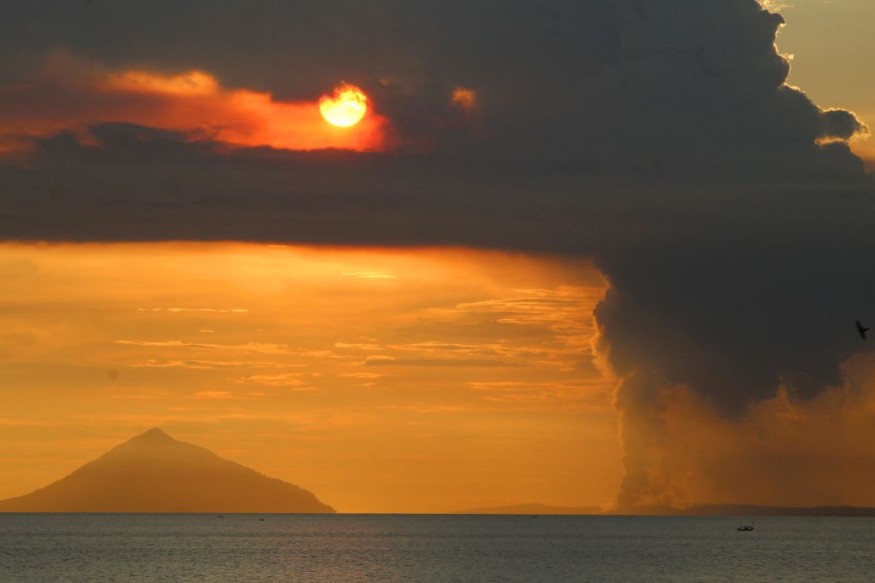Anak Krakatau Volcano recently erupted this week, spewing ash into the sky and prompting the Indonesian government to raise the alert level of the volcano. The elevated alert means there is a life-threatening risk based on Krakatau's increased volcanic activity.
Volcano Alert Level

Indonesian authorities on Monday, April 25, placed the threat posed by Anak Krakatau Volcano at alert level three, the second to the highest level out of a four-tier volcanic alert system used by the country. This came after the volcano erupted on Sunday, April 24, spewing an ash cloud up to 3,000 meters high, as per The Jakarta Post.
Sunday's eruption is reportedly the largest one after the Indonesian administration witnessed an influx of volcanic activity over the past month. In the coming hours and days, renewed volcanic eruptions
Exclusion Zone
As part of precautionary measures, the Indonesian government has widened the exclusion zone around the crater of Anak Krakatau, warning residents in the affected areas to wear face masks when going outside.
The protective gear is essential since the ash emitted by the volcano may result in respiratory or pulmonary health problems, especially when a person inhales the airborne particles. In addition, land and air travel in the said area can be at risk since smoke from the volcanic eruption may reduce visibility.
The government has increased the status level from two to three and recommended the public avoid getting closer to a five-kilometer radius from the crater, according to Hendra Gunawan, the head of the Centre of Volcanology and Geological Hazard Mitigation, who made the statement during a press conference, as cited by the Kuala Lumpur-based newspaper Malay Mail.
There were no immediate reports of casualties, damage, or evacuations.
Child of Krakatoa
Anak Krakatau Volcano, also called Child of Krakatoa, is a so-called 'offspring' of the infamous Krakatoa Volcano in Indonesia.
Situated in the Krakatoa archipelago, Sunda Strait, the Krakatoa Volcano was the site of one of Earth's strongest volcanic events when it erupted in 1883. The Krakatoa volcanic explosion was massive, it left more than 36,000 people dead.
It is also considered to be one of the most catastrophic and deadliest natural disasters in recorded history.
Anak Krakatau formed as a fourth yet small island in the archipelago in 1927, emerging from the seafloor eruption of Krakatoa that year, and has been an active volcano since the early 20th century until its next significant eruption in the 21st century.
In December 2018, the Child of Krakatoa was responsible for a large tsunami, which will be known in the years to come as the 2018 Sunda Strait tsunami, which killed more than 400 people, and injured at least 14,000 others, damaged over 2,500 houses, and destroyed above 500 ships.
The tsunami occurred on the evening of December 22 that year, with people not receiving any warning or sensing any earthquake, according to The New York Times. However, it was clear that the volcanic quake from Krakatau caused the massive tidal wave.
© 2025 NatureWorldNews.com All rights reserved. Do not reproduce without permission.





